Another British Military watch on the blog this time, and something of an enigma.
(Click pictures to enlarge)
I’ve written about several of the watches that were issued to British Military personnel from well known makers such as Lemania, Hamilton and CWC, but the origins of the watch in this post are unknown – who made it? And why?
At first glance you could be forgiven for thinking it is a modern watch made in a ‘military style’, quartz powered and dare I say cheaply made, but that certainly isn’t the case.
The watch is very similar in style and size to the W10 made by Hamilton from 1973-76 and subsequently by CWC from 1976-80 and it shares all of the attributes required to adhere to the strict standards for military use.
The dial is missing a makers mark or brand name which is why this watch is known as the ‘Sterile’ Navigator, but it still adheres to military standards; the dial has the Broad Arrow symbol, arabic numerals inside a clear minute track, a luminous triangle at 12 and the hands and hour markers are all lumed – in this case with a Tritium based lume as evidenced by the circled ‘T’ on the dial.
I’ve serviced several of these watches now and in all cases the dial print was still crisp and the lume retained its original bright green colour, suggesting that they age better than the Hamilton/CWC watches, particularly the lume which has often deteriorated/darkened on the W10’s after several decades of use.
Turning the watch over, the military markings are clear; the Broad Arrow symbol, ’6BB’ denotes that this watch was issued to a member of the RAF, the next 13 digits are the NSN (NATO Stock Number) and underneath issue number and year.
The case is opened by removing the crystal and splitting the two-piece stem, and inside is a 17 jewel, manually wound calibre made by A. Schild, the cal. 2160.
The cal. 2160 is a step up in quality over the ETA cal. 2750 found in the Hamilton and CWC. It has a higher beat rate, 28,800 bph as opposed to 21,600 bph, and also has a micro-adjustment mechanism mounted on the balance cock for more accurate regulation.
The inclusion of the micro-adjuster isn’t standard across the whole 21xx range. I’ve had identical calibres with and without the micro-adjuster over the years, and I suspect it was added later in the production run. As the 21xx’s were pretty much the top of the line for A. Schild calibres during the 1970’s, they probably deserved a few functional enhancements. Here is a picture of a cal. 2162 from an Aquastar Benthos 500 which also has the micro-adjuster.
The cal. 2160 also has a hacking mechanism which was another MOD requirement to allow all wristwatches to be quickly and efficiently synchronised. I’ve serviced most of A. Schild’s 21xx calibres now and I’ve never seen a hacking mechanism on any calibre except the 2160, which suggests that it was added specifically for use in this watch.
Looking at the hacking mechanism you can see that it was designed into the calibre, rather than being something of an afterthought (as would appear to be the case with the Benrus DTU-2A/P!)
In the picture above, the stem is pushed all the way in – in the winding position – and so the stem presses on hacking lever, it pivots around the fixed axis (just above the castle wheel) and the lower arm of the lever releases the balance allowing it to rotate freely.
When the stem is pulled out – to the time setting position – the winding stem is withdrawn, the upper arm of the hacking lever provides the tension necessary to press the lower arm into contact with the balance wheel, arresting its rotation and ‘hacking’ the watch.
The watch arrived in decent condition and needed no more than a movement service, a crystal polish and an ultrasonic clean for the case, so here it is all back in one piece.
So, who made these watches? With no markings on the dial, movement or inside the case, the jury is still out.
It is thought that around 2000 were made, all of which were issued in 1976. This is around the time that the contract with Hamilton ended, and the new contract with CWC began, so could it be that this watch was a potential replacement for the Hamilton W10? Was an order for 2000 pieces placed as a trial before the contract was finally awarded to CWC? If so, why was it completely unbranded?
If anyone has any information about the history of these watches, it would be great to hear from you.
Rich.
** Many thanks to Lee Curtis for letting me feature his watch on the blog, and to Terry Andrews whose article on the same subject provided valuable information for this post. **

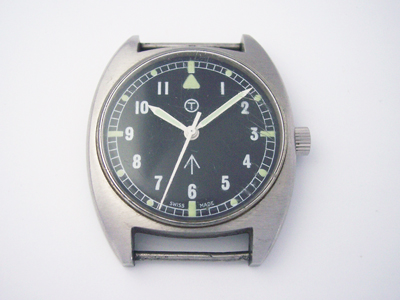
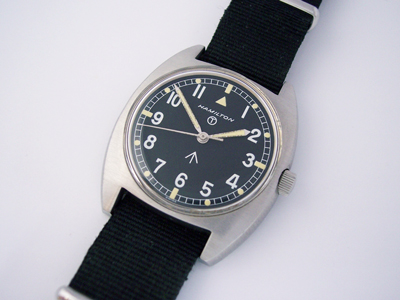
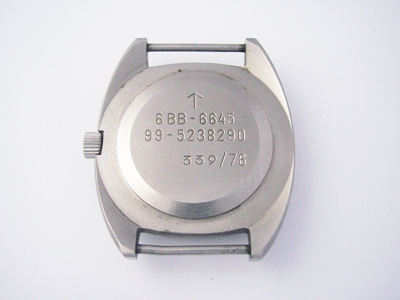
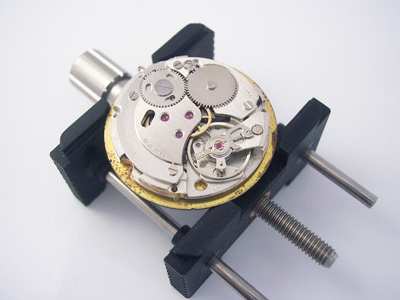
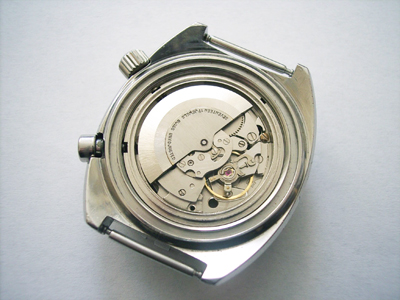
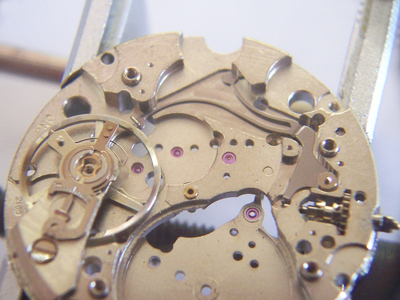
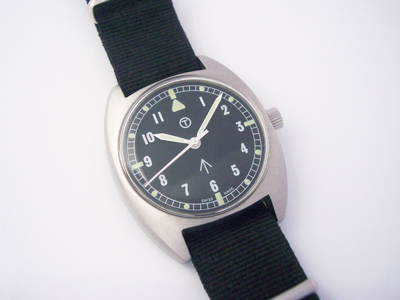
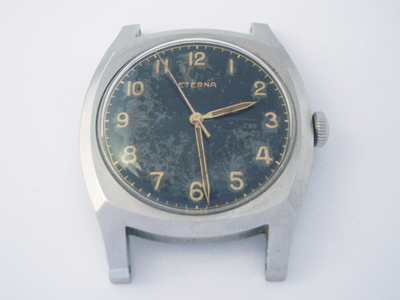
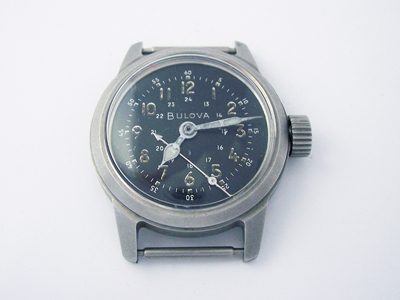
Very nice looking watch .
Thanks for the in depth info .
I’m looking at a 6BB Hamilton now from 1975 to add to my collection.
Always a solid watch that can handle the military wear & tear.
Rick